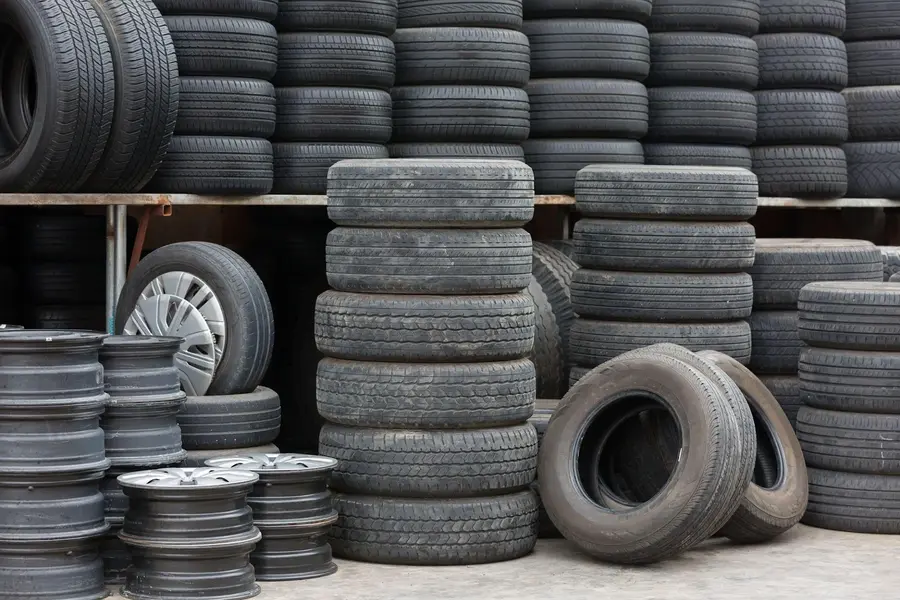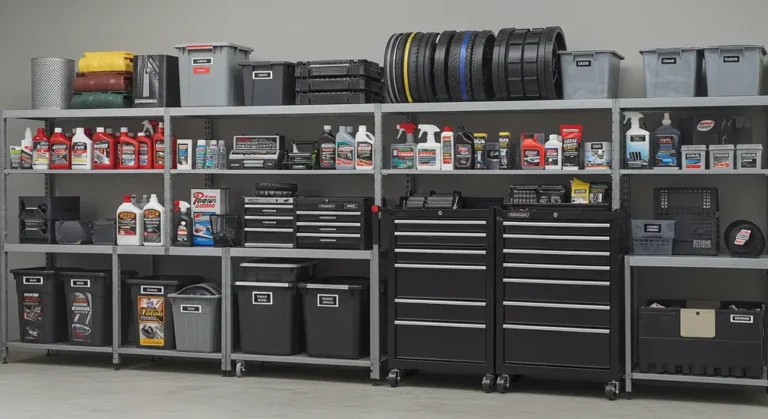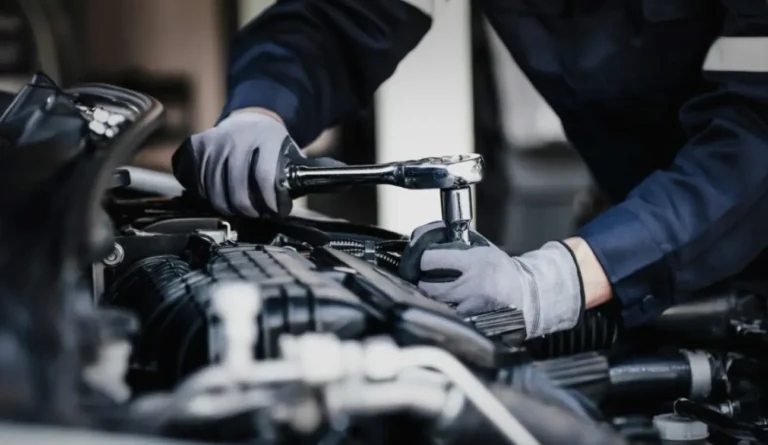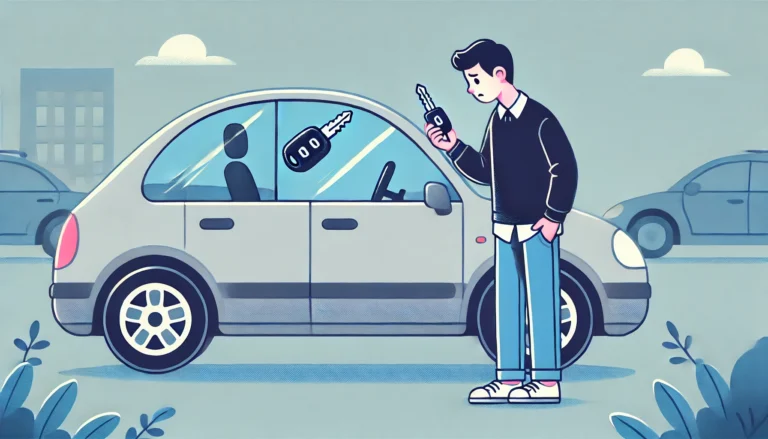Pros and Cons of Buying Used Tires
Buying used tires can be an appealing option for many drivers, especially those looking to save money or reduce environmental impact. Used tires are often significantly cheaper than new ones and contribute to sustainability by extending the life of existing products. However, there are trade-offs to consider. Used tires may have limited tread life, which can affect performance and safety, especially in challenging driving conditions like snow or heavy rain.
Imagine this: you’re driving through Calgary after a sudden snowfall when you notice uneven wear on your tires. A new set seems expensive, so you start exploring alternatives. That’s when you stumble upon used tires. Are they worth it?
Used tires, like second time around tires, have gained popularity for various reasons. Some drivers choose them to save money, while others appreciate their environmental benefits. However, buying used isn’t without risks. Hidden damage, limited tread life, and lack of warranty are just a few concerns to consider.
In this blog, we’ll explore the advantages and disadvantages of buying used tires, helping you decide if they’re the right choice for your vehicle. Whether you’re on a tight budget or simply looking for a greener alternative, this guide has you covered.
Advantages of Buying Used Tires
While buying used tires may not be the first option that comes to mind, it offers several compelling benefits. From cost savings to environmental impact, these advantages make used tires an attractive choice for many drivers. Let’s explore them in detail.
Cost Savings Compared to New Tires
One of the most significant advantages of buying used tires is the cost savings. New tires can be expensive, particularly for larger vehicles like trucks or SUVs, where a single tire might cost hundreds of dollars. Used tires, on the other hand, are often available at a fraction of the price.
For example, a lightly used all-season tire might cost 40-60% less than its new counterpart. This budget-friendly option allows drivers to replace worn-out tires without breaking the bank. Additionally, if you only need temporary solutions—such as replacing one damaged tire—used options provide flexibility without overspending.
Eco-Friendly Choice
Choosing used tires is also an environmentally responsible decision. Tire production is resource-intensive, requiring significant amounts of rubber, oil, and energy. By opting for second-hand tires, drivers help reduce the demand for new tire manufacturing, which in turn minimizes waste and conserves natural resources.
Moreover, reusing tires keeps them out of landfills, where they can take decades to decompose. In fact, millions of tires are discarded each year, contributing to pollution and environmental hazards. By giving tires a second time around , drivers actively participate in sustainable practices that benefit the planet.
Availability for Older Vehicle Models
For owners of older or vintage vehicles, finding new tires can sometimes feel like searching for a needle in a haystack. Manufacturers often discontinue specific tire models, leaving drivers with limited options. Used tires, however, fill this gap by providing access to discontinued or hard-to-find sizes and designs.
Whether you drive a classic car or a niche vehicle, the second-hand market is a treasure trove of possibilities. Many used tire retailers specialize in sourcing rare tires, securing that even the most unique vehicles remain roadworthy.
Ideal for Seasonal Use
Seasonal drivers, such as those who use winter tires for a few months each year, can benefit greatly from purchasing used options. Since seasonal tires spend much of their life stored away, investing in brand-new ones may not always make sense.
Used seasonal tires offer a practical solution, allowing drivers to equip their vehicles for snow or mud without the hefty price tag. As long as the tread depth meets safety standards, these tires perform just as effectively as new ones during their intended season.
Disadvantages of Buying Used Tires
While there are clear benefits to buying used tires, it’s important to weigh them against the potential drawbacks. Understanding these disadvantages makes sure that drivers can assess whether used tires align with their needs and priorities.
Limited Tread Life
One of the biggest concerns with used tires is their remaining tread life. Tires are designed to provide optimal performance and safety when they have sufficient tread depth. However, used tires often come with worn tread, which can compromise grip, handling, and braking ability—especially in adverse weather conditions like rain or snow.
In Canada, where winter driving demands reliable traction, limited tread life can pose significant risks. Drivers must carefully inspect tread depth before purchasing used tires to make sure they meet safety standards (at least 1.6 mm of tread depth is recommended, though more is preferable for winter use).
Potential Hidden Damage
Another downside of used tires is the risk of hidden damage. Unlike new tires, which come with a clean slate, used options may have been subjected to rough driving conditions, improper storage, or neglect. Internal issues such as sidewall bulges, belt separation, or dry rot might not be immediately visible but can lead to blowouts or other hazardous situations.
Even if a tire looks fine on the surface, its structural integrity could be compromised. Without professional inspection, buyers might unknowingly purchase tires that are unsafe for prolonged use.
Lack of Warranty
New tires typically come with warranties that cover manufacturing defects or premature wear. Used tires, however, rarely include any form of guarantee. This lack of protection leaves buyers vulnerable if the tires fail shortly after purchase.
Without a warranty, drivers bear the full financial responsibility for replacements or repairs. For those seeking peace of mind, this absence of assurance can make used tires a less appealing option.
Inconsistent Quality Across Sets
When buying a full set of used tires, confirming consistency in quality and wear can be challenging. Each tire may have a different history, leading to variations in tread depth, age, or performance. Mixing mismatched tires can negatively impact vehicle handling, fuel efficiency, and overall safety.
For example, pairing tires with uneven tread patterns can cause imbalances during driving, increasing the risk of accidents. Buyers must exercise caution and thoroughly inspect each tire to confirm compatibility within the set.
Tips for Choosing Reliable Used Tires
If you’ve decided that used tires are the right choice for your vehicle, it’s crucial to select them carefully. With a few practical tips, you can minimize risks and make sure you’re getting a dependable product. Here’s what to keep in mind:
Inspect Tread Depth
Tread depth is one of the most critical factors when evaluating used tires. In Canada, where road conditions can vary drastically—especially during winter—adequate tread is essential for safety. Use a tread depth gauge or the “coin test” to measure tread depth.
Insert a Canadian $1 coin into the tread groove. If the tire doesn’t cover the silver portion of the maple leaf, it has less than 1.6 mm of tread remaining and is no longer safe for use. Ideally, look for tires with at least 3-4 mm of tread depth for optimal performance.
Check for Visible Damage
Before purchasing, thoroughly inspect the tires for signs of damage. Look for cracks, bulges, cuts, or uneven wear patterns on the sidewalls and tread. These issues can indicate structural weaknesses that compromise safety.
Pay close attention to dry rot—a condition where rubber becomes brittle and cracked due to age or improper storage. Dry rot not only affects performance but also shortens the lifespan of the tire.
Verify Tire Age
Tires have a limited lifespan, even if they haven’t been used extensively. To determine a tire’s age, check the DOT (Department of Transportation) code on the sidewall. The last four digits represent the week and year of manufacture. For example, “2520” means the tire was made in the 25th week of 2020.
Experts recommend avoiding tires older than six years, as rubber degrades over time. Even if a tire looks fine, its aging materials may not perform reliably under stress.
Test for Balance and Alignment
Ask the seller to mount the tires on your rims and test them for balance and alignment. Out-of-balance tires can cause vibrations, uneven wear, and reduced handling. A quick spin test at a local shop can reveal potential issues before you commit to the purchase.
Buy from Reputable Sources
Where you buy used tires matters. Avoid private sellers or unverified online listings, as these sources may not provide reliable information about the tires’ history. Instead, opt for reputable retailers or specialized shops that offer inspected and certified used tires.
Final Thoughts on Used Tires
Buying used tires can be a practical solution for budget-conscious drivers or those seeking eco-friendly options, but it’s not without its challenges. By weighing the pros and cons, you can determine whether this choice aligns with your needs and priorities.
On the plus side, used tires offer significant cost savings, reduce environmental impact, and provide solutions for older or niche vehicles. However, potential drawbacks like limited tread life, hidden damage, and lack of warranty require careful consideration. With thorough inspection and smart shopping, you can mitigate these risks and find reliable options that suit your vehicle.




